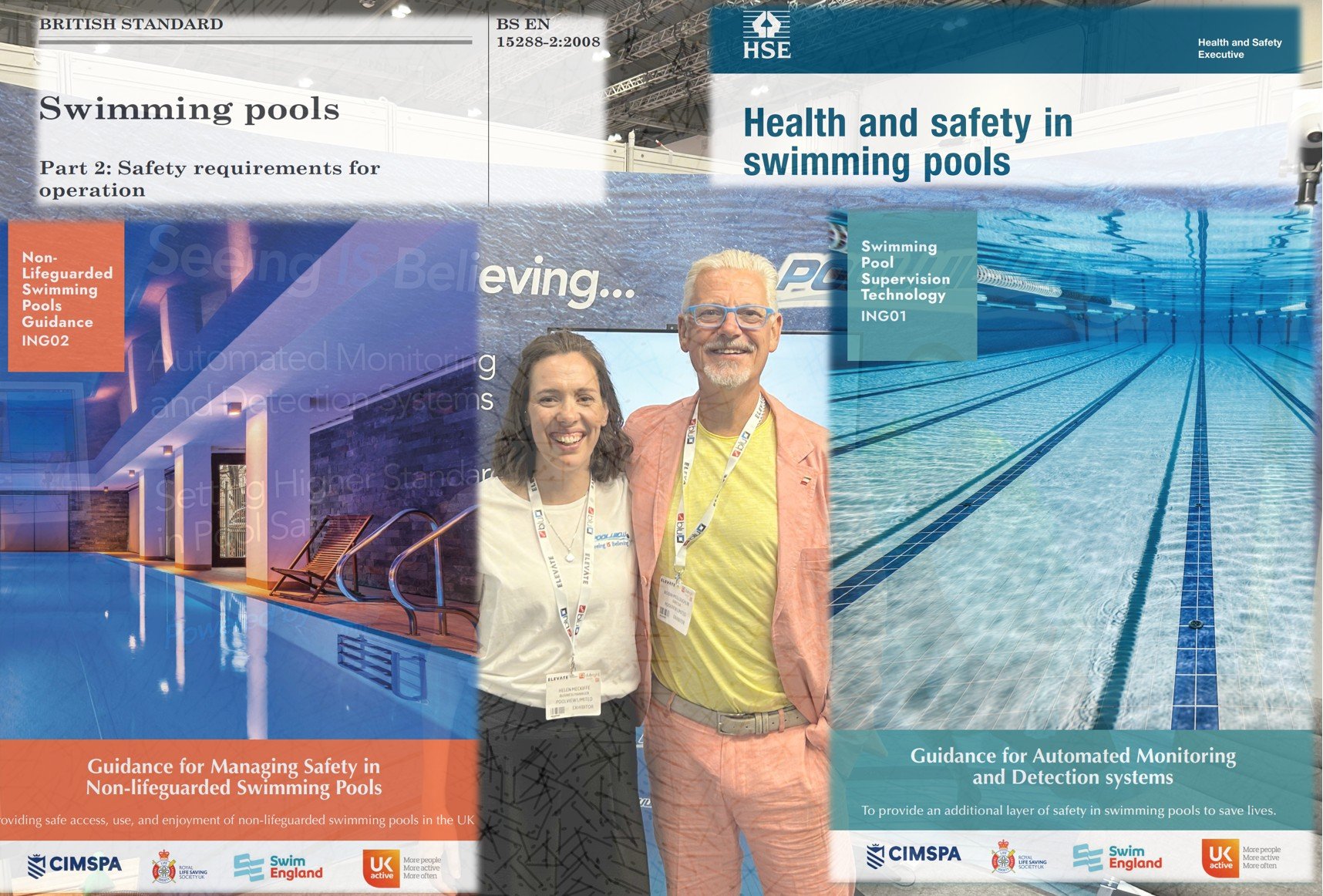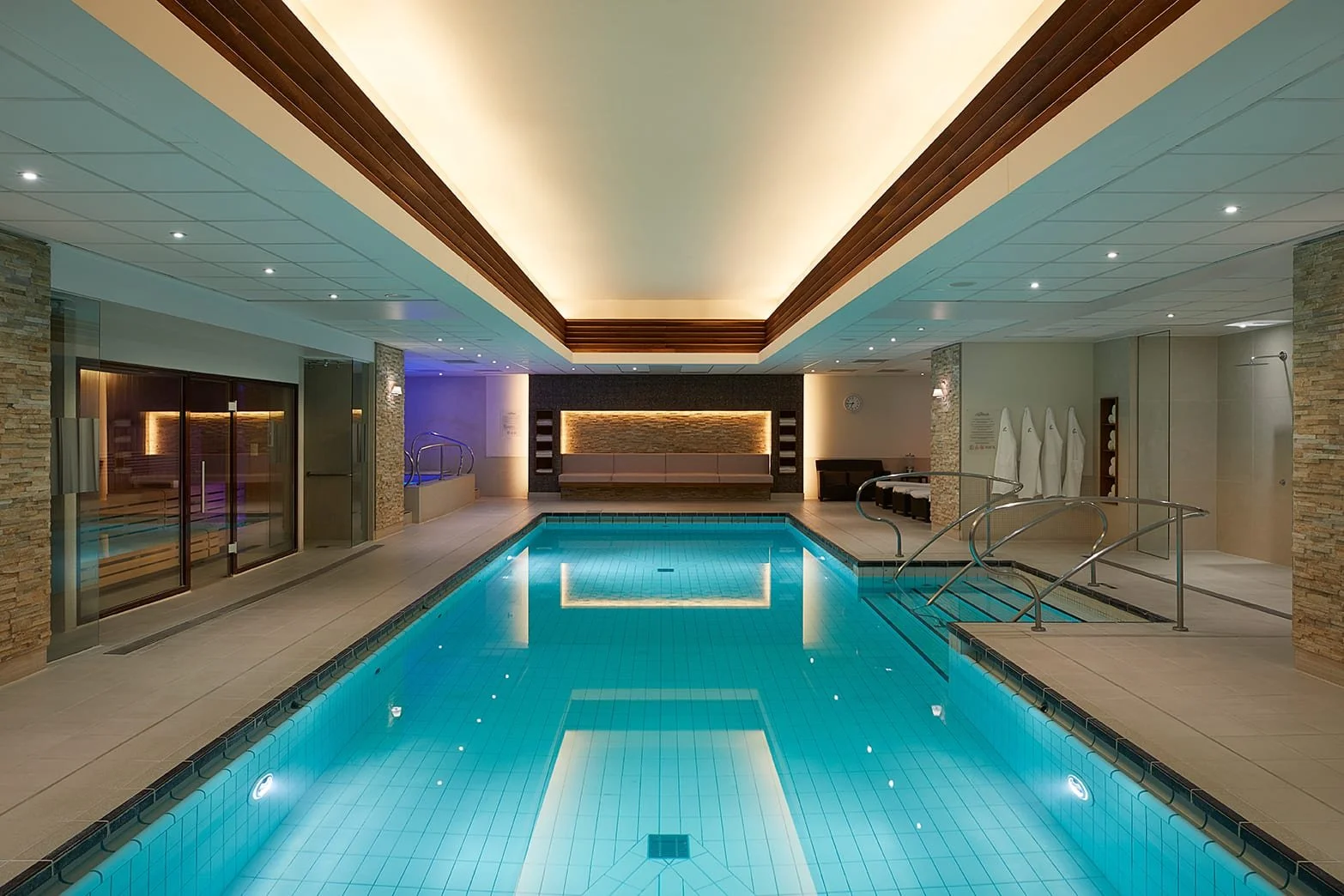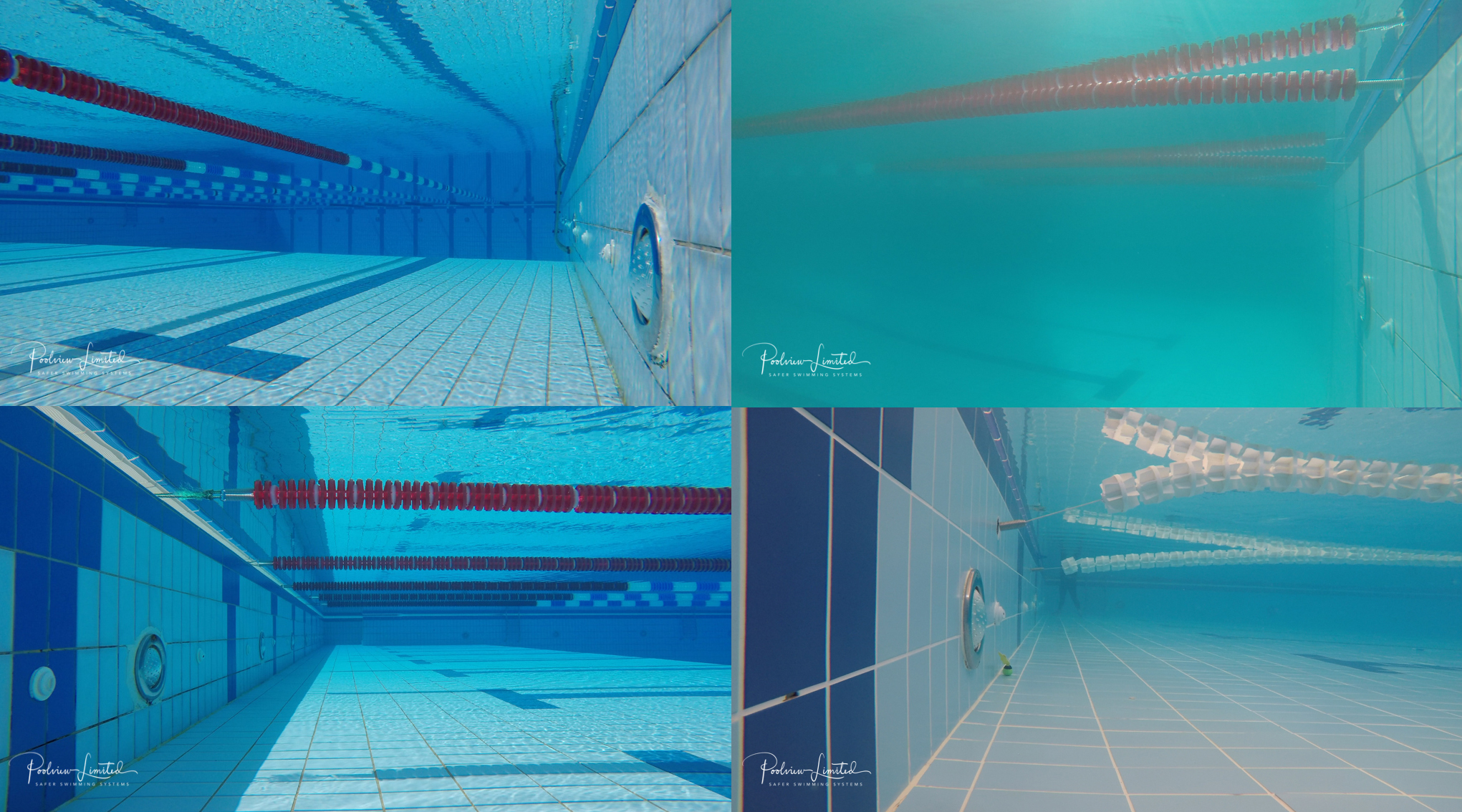
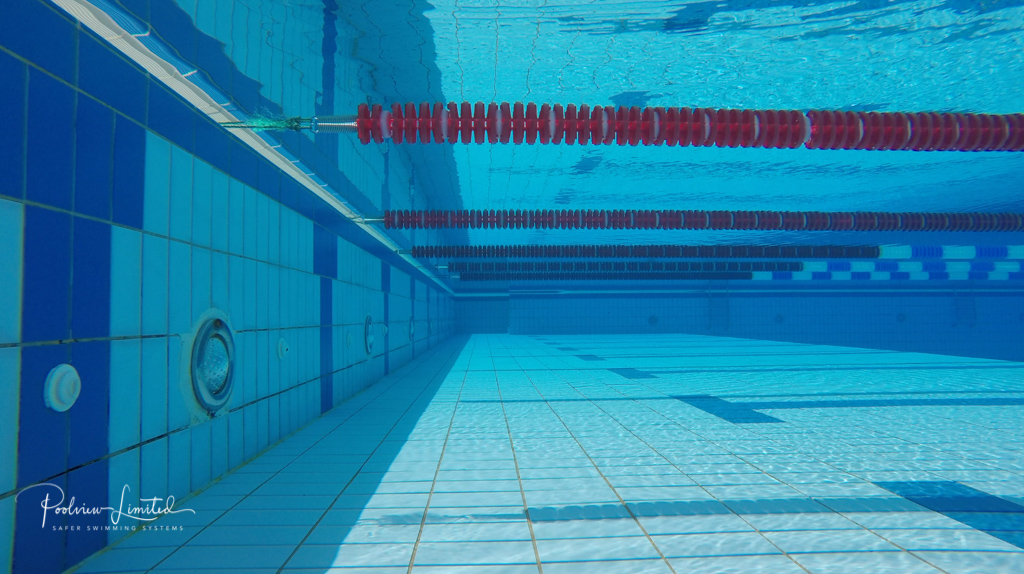
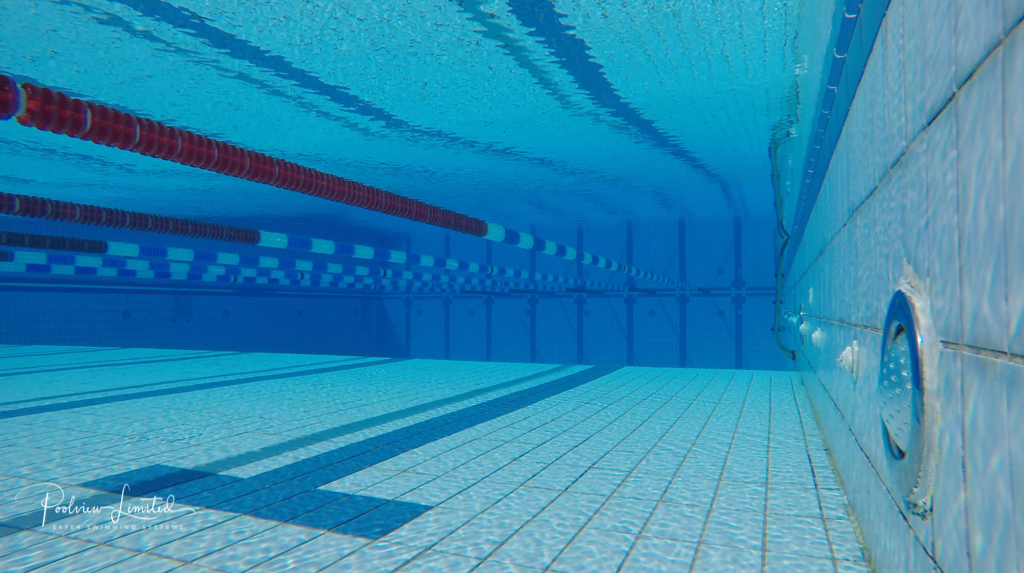
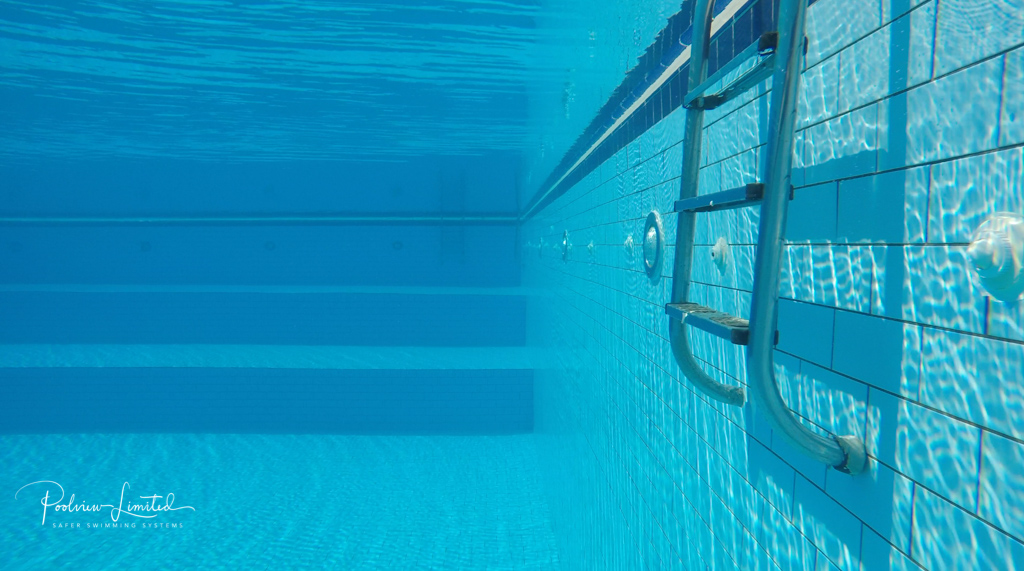
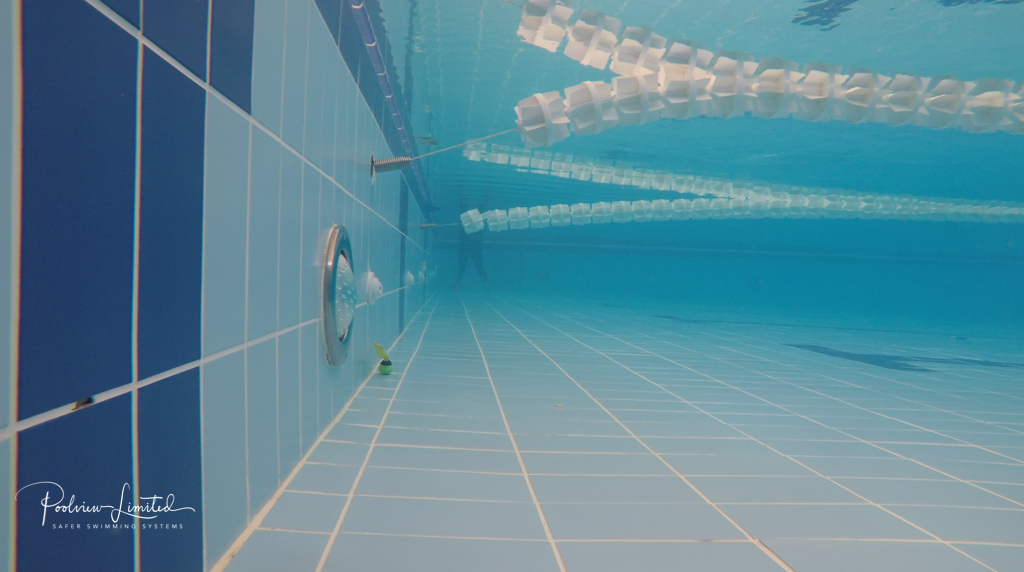
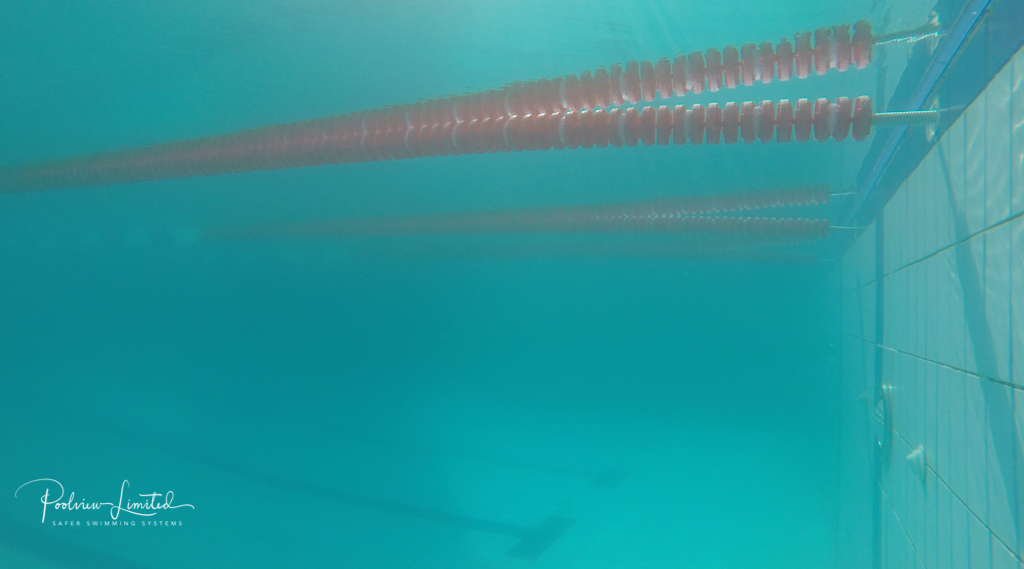
Standing on the deck of your pool, looking down into it - looking across - you can see the lane lines, even the grout lines, water sparkling - crystal clear you think.
Perhaps not!
We arrive on site sometimes, drop a camera in to look across the the pool and the “fog” appears after lane 4.
If the camera can’t see - we can’t detect - simple
Sometimes the incredulous look from the Manager as he/she says “but my water readings are perfect, Free Chlorine is 1.5ppm (mg/l) my combined is 0.5 and my total 2.0 - how can that be?”
Often at this stage the Manager can get quite defensive (as well as a little hurt)
I often thought that maintaining pool water was a little bit of a “black art”, it takes someone with a keen interest in water chemistry, a sound knowledge of the plant room and of course well trained.
It’s the sign of the times that so very few swimming pools have their own dedicated “plant man” much of the duties fall into the laps of the already over stretched Duty Managers who may only “tip a nod” to the pool and do the water tests as trained.
So it is not so surprising that there are not so many on site who are well informed about turbidity (how many sites have a turbidity meter?)
So to try and explain a little more about turbidity and WHY we sometimes can’t see through water, I asked the man who knows more about swimming pool water than anyone else I have ever met - my friend and colleague Robin Mitchell from Pioneering Pool Solutions who had this to say:-
Robin Mitchell and Robin McGloughlin
Turbidity in swimming pools is the measure of relative clarity of the pool water. The more suspended solids in the water the cloudier it appears and thus the higher the turbidity. In short, turbidity is a measure of how cloudy the water is?
To measure turbidity in a swimming pool we use a term called nephelometric turbidity units or in short NTU’s. The upper limit for swimming pools is 0.5NTU. PWTAG recommend testing for turbidity regularly, using a turbidity meter.
Should a swimming pool suffer from clarity issues and you are not able to see clearly across the pool with the cameras, a turbidity test would certainly be advisable
Establishing the cause of poor clarity is not often straightforward as it can be one or a combination of a number of factors.
In my experience however the 3 most common causes are these:-
- Not using a coagulant or inefficient use of coagulants
Continuous flocculation is a process of binding impurities in the swimming pool water into larger particles which are big enough to be trapped in the filtration system.
To do this we use a coagulant called Polyaluminium (PAC).
Not dosing PAC appropriately can lead to cloudy water.
Too little or too much or not being dosed continuously or even being used by hand through the strainer basket as opposed to constant dosing from an appropriate sized dosing pump.
Check that your coagulant dosing system is working correctly and ensure that the coagulant is being dosed at a rate of 0.1ml/m3 of the pool circulation rate
This leads us nicely into a second cause which is often high on the list:-
- Poor circulation
If the inlets and surface draw off are not performing to the optimum, the pool water will not receive enough treatment and therefore turbidity can increase. Should the turnover period be too long, this can also affect the clarity as the pool water will not be filtered within the recommended time. Many operators “turn down” the speed of their pumps to save on energy costs which will compound this problem.
You need to ensure a working flow meter is present in the plant room. Aim for a 2.5 hour turnover period for a standard 25m pool. Conduct a dye test prior to opening a pool or after refurbishment works have been carried out - ideally a dye test should be conducted at least once every 5 years
The third cause is often this:-
- Having a poor backwashing regime
If the backwashing rate is poor or the process is not effective the filter media may not be cleaned properly after the backwash is conducted.
This can lead to cloudy pool water seeping into the pool and/or the filters being inefficient?
You need to ensure the backwash rate follows the manufacturer instructions. Only backwash the pool at the end of the working day unless dealing with gross contamination
Backwashes should be carried out when the pressure differential’s indicates that the filter is dirty. Normally when there is a difference of 0.5 bar of pressure between the inlet and outlet pressure gauges. It is expected that filters will require a backwash at least once per week
There are as I said other causes of high turbidity and these I can summarise as this:-
Ineffective or insufficient disinfectant – Should the chlorine level in the pool be very low bacteria can accumulate and cause the water to appear cloudy. Also if the pH is too high the chlorine will not work effectively and again bacteria can accumulate within the pool water.
Cure - Test the pool water to ensure chlorine and pH levels are within the PWTAG guidelines? Rectify levels that are out with parameters.
Poor filtration – lack of filter media, mud balling, undulations and channeling in the sand/glass media can cause issues with clarity and turbidity.
Cure - The use of medium rate filtration should be encouraged, as per PWTAG Guidelines. Annual filter inspections will allow issues to be established at an early opportunity and subsequently allow operators to take action to resolve filtration problems.
High organics and chloramines - Swimming pools with high levels of urine pollution are susceptible to high organic chloramines which can promote poor water clarity.
Cure - Improve pre swim hygiene regime, use of showers and toilets. Install Ultra Violet radiation. Ensure dilution rates equate to 30litres per bather per day.
High TDS - If TDS levels are more than 1000mg/l above source water levels the pool water may suffer from poor clarity and a salty metallic taste
Cure - Check sulphate and chloride levels as per PWTAG guidance (recommended sulphate levels <360mg/l)? Ensure dilution rates equate to 30litres per bather per day, normally achieved through regular backwashing
Excessive water hardness - Swimming pools in hard water areas can suffer from high levels of calcium and carbonates, this can lead to murky water.
Cure - Test source water to establish Calcium and alkalinity levels. Try not to raise calcium levels above 300mg/l and alkalinity levels above 150mg/l
Very useful information from Robin Mitchell whom you contact directly for a no obligation chat on +44 7540 295234 or email rmitchell@pioneeringpoolsolutions.co.uk
From this you can hopefully understand that the usefulness and the effectiveness of a Poolview Plus+ Drowning Detection Systems is reliant on having excellent water clarity.
Having spoken with a few Ops Managers and General Managers over the past while who had suffered from clarity issues, they have all said roughly the same thing. It is about being proactive - thinking ahead before busy periods, turning up the PAC a notch or backwashing at the optimum time. Follow the PWTAG guidelines and most problems can be readily resolved.
Maybe it isn't rocket science?



